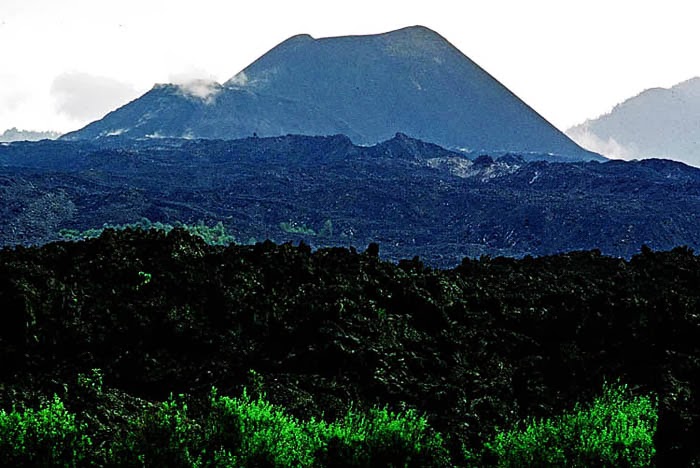Where commercial toys are inexistent, boys make their
own.
--
Là où les jouets commerciaux n’existent pas, les garçons créent
les leurs.
Near Boukombe, in north Benin, Somba boys build toy cars using millet stems and, for the wheels, pieces of gourds.
--
Près de Boukombe, au nord du Benin, des garçons Somba construisent des voitures de jouets avec des tiges de mil et, pour les roues, des morceaux de calebasses.

Near
Boukombe, in north Benin, Somba boys with the toy car he built.
--
Près de
Boukombe, au nord du Benin, garçon Somba avec son propre jouet.
Near Dosso,
in Niger, a Djerma boy pulls the toy car he built.
--
Près de
Dosso, au Niger, un garçon Djerma tire son propre jouet.
Close-up
view of preceding toy car
--
Le jouet
précédent vu de plus près
In Bonwire, Ghana, an Ashanti boy pushes two tiny
wheels at the end of a stick.
--
A Bonwire, au Ghana, un petit
garçon pousse deux petites roues au bout d’un bâton.
Near Kumasi, Ghana, Ashanti boys race tiny wheels at
the ends of sticks.
--
Près de Kumasi, au Ghana, des
garçons poussent de petites roues aux bouts de bâtons.
Yet another style of toy car, this one in Gambela,
Ethiopia.
--
Encore un autre style de
jouet à roues, celui-là à Gambela, en Ethiopie.
Near Boukombe, in Benin, a Somba boy uses an organic
pistol, triggering it with an ingenious spring.
--
Près
de Boukombe, au Benin, un garçon Somba joue avec un pistolet organique activé
par un ingénieux ressort.
Having used the bows and arrows they made, Somba boys
return from a lizard hunt near Boukombe, in Benin.
--
Ayant
utilisé les arcs et flèches de leur fabrication, ces garçons reviennent d’une
chasse aux lézards près de Boukombe, au Bénin.
Wet from racing in drenching rain the toy trucks they
made out of discarded tins, those kids in the Philippines’s Lakanaon Island find
it hilarious that a stranger would show interest in their creative production.
--
Trempés par une forte averse,
ces garçons de l’île
De Lacanaon aux Philippines, trouvent
très drôle que les petits camions qu’ils fabriquèrent de vielles boîtes métalliques
puissent susciter l’intérêt d’un étranger.

Ifugao boys of Banaue, in the Philippines’ Luzon Island, built their own wooden bicycles. Not equipped with pedals, the bikes must
be propelled by the riders’ feet.
--
Garçons Ifugao de Banaue,
dans l’ile Philippine de Luzon, qui ont
construit eux-mêmes leurs vélos de bois sans pédales, qui s’actionnent avec les pieds.
Having no companion to share a seesaw in Pontianak,
Indonesian Borneo, this little boy replaced the painted block, too heavy to
balance his own weight, with some lighter pieces of wood.
--
N’ayant pas de compagnon pour
lui faire contrepoids, et étant trop léger pour le bloc peint, ce petit garçon
de Pontianak, au Bornéo indonésien, l’a remplacé par du bois de son poids.
Yanomami boy, of Brazil’s Amazon rain forest, finishing an arrow for his
bow
--
Garçon Yanomami de l’Amazonie
brésilienne terminant une flèche pour son arc.
A Wayuu Indian boy of Colombia’s Guajira Desert poses
with the toy truck he built from discarded materials.
--
Un petit indien Wayuu du désert colombien
de la Guajira pose avec le jouet qu’il s’est construit.
The steerable wheeled board this boy built in Silvia,
in Colombia’s Cauca Department, reaches
great speed down Andean streets. On market day he also uses it to earn tips
transporting people’s purchases.
--
Cette planche à roues permet à
ce garçon de Silvia, dans le département colombien du Cauca, de descendre les
rues andines à grande vitesse. Le jour de marché il s’en sert pour aider les
gens, en échange de petits pourboires, à transporter leurs achats à la maison.
Resting from racing up and down an Andean slope of
Silvia, In Colombia’s Cauca Department, on the wheeled board the boys built.
--
Un moment de répit pour ces
deux garçons entre deux descentes d’une rue andine de Silvia, dans le département
colombien du Cauca, sur la planche à roulettes de leur fabrication.


























